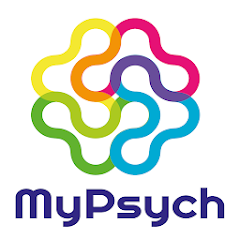Each patient will have an individualised treatment plan including:
- the use of de-escalation techniques
- as required or discretionary oral medication as appropriate for the patient
- the choice of IM medication where necessary
If IM administration is required the appropriate MHA documentation should be completed if applicable.
When IM sedation is administered, a doctor should be informed and available to attend the patient within 30 minutes if required.
Consider the potential for inadvertent high-dose antipsychotic therapy when prescribing IM antipsychotics.
When prescribing medication for use intramuscularly, write the initial prescription as a once-only dose, do not repeat it until the effect of the initial dose has been reviewed.
If the behavioural disturbance is thought to be related to 'excited delirium' then consider immediate referral to acute care (see RCEM guidance).

